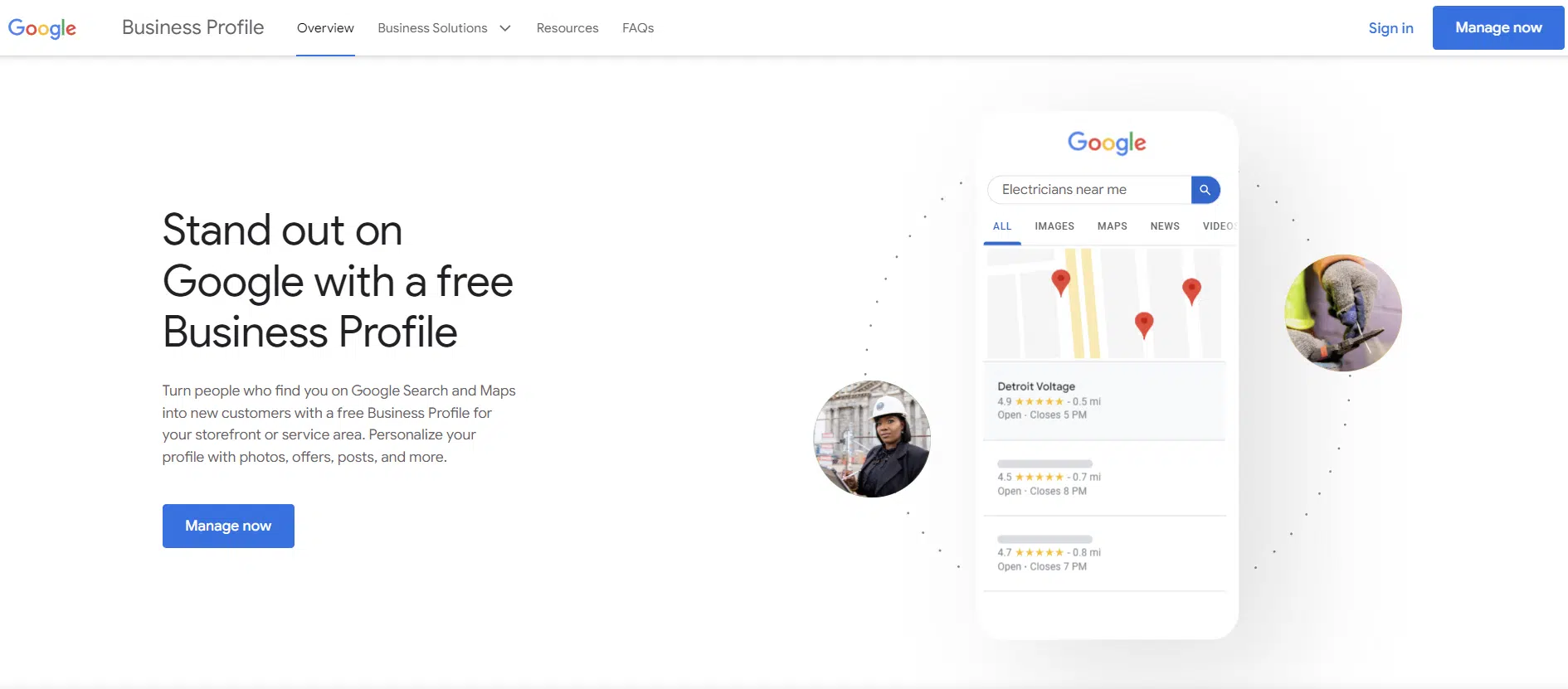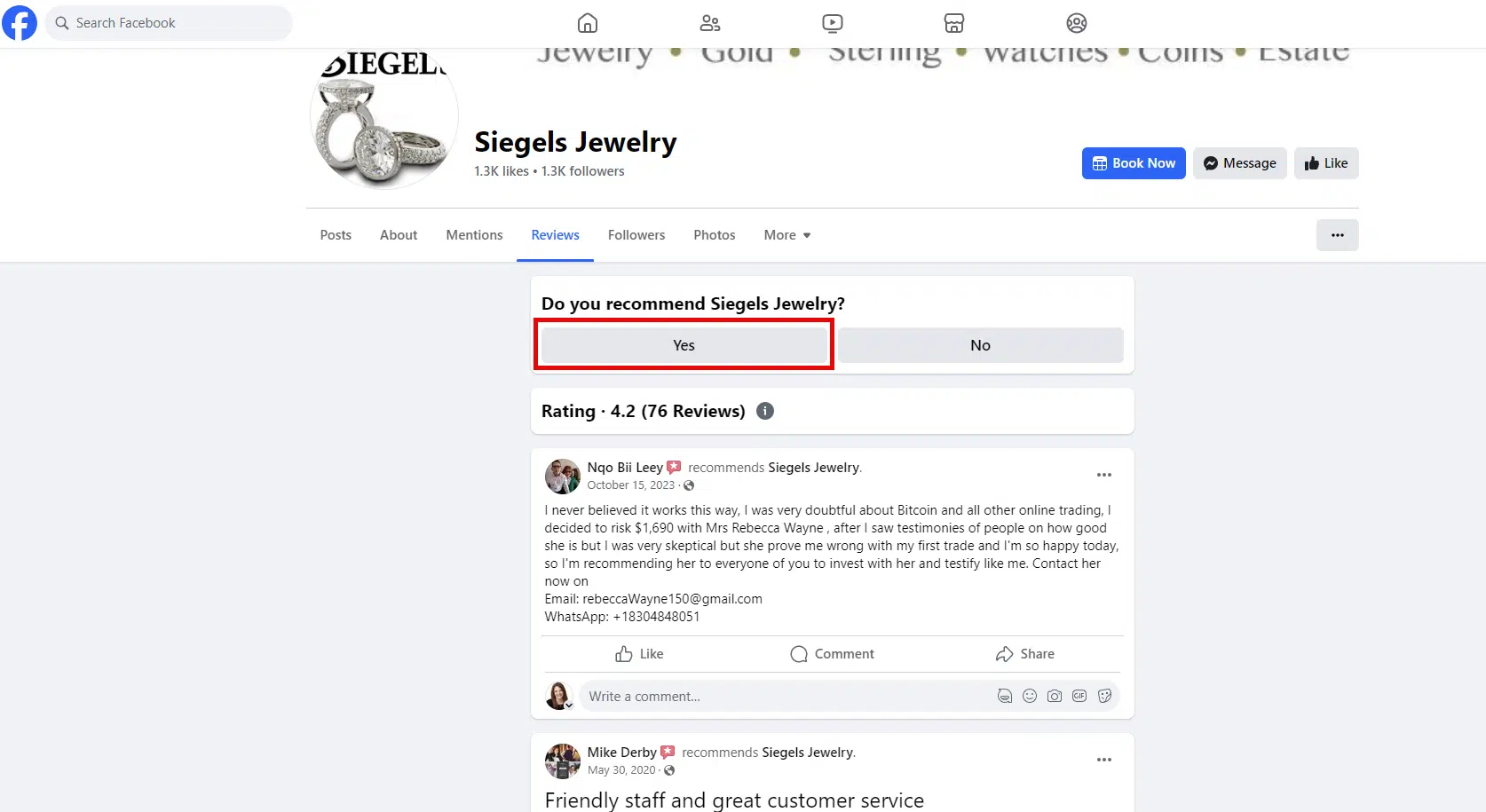Local SEO in 2024: 6 simple ways to dominate local search
New to local search? Wondering where to start? Here are six tactics to help you kick off your local SEO campaign.
When it comes to local SEO, it’s more important than ever that you optimize your on-site and off-site SEO strategies for clients and customers searching for your local business.
Local competition is hotter than ever, and if you’re not on top of your rankings, you can bet your competitors are.
Here are six local SEO tactics you can use to help your business rank higher for local search terms.
1. Title and description tags still matter
Title and description tags are HTML elements that you can customize to reflect the content of your webpages. The text of your title and description tags is displayed in search results.
Think of this text as a “mini-ad” that you need to craft carefully.

Your title and description are your one shot at grabbing a searcher’s attention and getting them to click on your link in the search results to go to your website – so put careful thought into what you put in these areas on your web pages.
If your title and description tags are missing or Google thinks they’re not good enough, Google often makes something up or “rewrites” them. (And often what Google creates can be less than compelling.)
Both should describe the content of the page and should include keywords so they stand out on the search engine result pages.
The generally acceptable length for title tags is approximately 50 to 60 characters, and description tags can be approximately 160 to 200 characters. Take advantage of this space and use it wisely.
Speak to your audience in these areas. What will stand out to them? What will make them want to click on your link versus all the other links on the page? These are important questions to ask yourself when writing title and description tags.
If you aren’t sure how your title and meta description tags will look or how many characters you can get away with, try using an emulator like Yoast’s SEO Plugin for WordPress, where you can see what your title and description will look like on both a mobile device and desktop:

Writing titles and descriptions is considered an art in the SEO world.
In a sea of competing search results, if this text isn’t unique, compelling and descriptive, your click-through rate will suffer (which can hurt your rankings).
Additionally, too many words or characters could cut off your text with ellipses (…).
Now, this may not be a true tragedy. Some SEOs even encourage you to go over the recommended max character count. But I think this looks unprofessional, especially when it appears in the middle of a sentence, cutting off your thoughts mid-sentence.

The lesson? This space is precious, and every character counts. Here are some tips:
- Never waste space on page names or words that don’t provide helpful information to the searcher about what your webpage – or business – is about.

- If you want to stand out to local customers, include the name of the city your business is in and/or the area your business serves (e.g., “Serving Iowa City and Cedar Rapids”).
- Focus on using one targeted keyword and carefully place that keyword as close to the beginning of the tag as possible.
Remember, if your business shows up in the search results, you have one shot at getting that person to click on your link. Your title and description are the determining factor.
Don’t blow it by wasting characters that won’t help convince a searcher your site is worth visiting.
2. Google Business Profile: Claim and optimize
Google Business Profile (GBP) is one of the best local SEO strategies for local businesses that meet with customers face to face.
If your business qualifies for a GBP listing, you need to claim and optimize your Google Business Profile. (It’s one of the best ways to get your company to rank high on Google!)

Google Business Profile is free, and your business can get incredible exposure if you’re optimized enough to show up in Google’s local three-pack:

To claim your Google Business Profile listing, visit google.com/business. There’s a claiming and verification process you’ll need to go through.
This verification process is necessary because Google wants to confirm that your business is a legitimate, real company. The business owner should claim the GBP listing.
If you’re working with a digital marketing agency on your SEO efforts, you can grant them permission to be a manager of your Business Profile later. This way, you – as the owner of the business – remain in control of your profile if you end your relationship with the agency.
The next step is to optimize – and continue to improve – your GBP listing by:
- Selecting categories.
- Adding business hours.
- Writing a solid description.
- Uploading photos and videos.
- Creating posts/updates.
- Answering questions potential customers ask.
- Include any products or services you sell.
- Replying to reviews you receive.
- And more!
Google Business Profiles/Knowledge Panels are full of information about your business, so make sure you fully populate every relevant section to complete your Google Business Profile.

3. Online reviews matter
Up to 84% of people trust online reviews as much as personal recommendations, according to BrightLocal’s 2023 Local Consumer Review Survey.
Online reviews are like gold to a business – especially when they are 5-star reviews. Generally, you want at least 10 5-star reviews on your Google Business Profile. But your goal is not to stop there.
You want to continually ask your happy customers to leave GBP reviews. Why? Online reviews are a known ranking factor – so getting great reviews should be one of your top priorities!
“High-quality, positive reviews from your customers can improve your business visibility and increase the likelihood that a shopper will visit your location,” Google states.
Two places where you should focus on getting reviews are your Google Business Profile and your Facebook page. These are big ones.
Many people turn to social media to see what their friends and family think about a business, so having good feedback on your business’ Facebook page can help draw prospective customers.

Third-party reviews can even show up on your Google Business Profile.

Whenever a review is left about your business, positive or negative, be sure to respond to it. That shows other people reading the reviews that you, the business owner, care what your customers think.
4. Build out separate service pages
If you run a service-based business, one of the best things you can do is build out individual pages for each service you offer instead of just putting a list of your services on one page.

Creating service pages allows you to optimize for the location you’re targeting and for keywords associated with the specific service you offer in a much more targeted way.

Instead of a line list or only having a short paragraph on a “Services” page, you have an entire page to talk about each service that you offer, which means you have much more room for content and ways to optimize the text to serve your readers and Google (for SEO purposes).
So spend some time creating individual pages for each service you offer – even if you only have time to create the pages one at a time. It will be worth it in the end. I promise!
5. Online directories and citations
You must get your business listed correctly and consistently on top online business directories (a.k.a. citations) like Yelp, Facebook, Merchant Circle, Citysearch, etc.
Why? Because online directories often show high organic search results.
If your business isn’t listed on these directories, when a potential customer clicks on those links in search results, they won’t find your company’s information.

You will also want to try and find high-quality local directories to get your business listed.
Check with your local newspaper’s website and your Chamber of Commerce to see if they have a local business directory you can get listed on.
You can also search for keywords like “[your city] directory” to find other local citation sites or directories.
It’s also essential to get your business’s name, address and phone number (NAP) on the major citation data aggregators like Foursquare, Data Axle and Neustar Localeze.
Data aggregators distribute your company’s information to hundreds of other online directories.
Always ensure your company’s NAP is consistent on as many of these directories and citation sites as possible.
6. Get social
If you’ve been avoiding social media until now, it’s time to get social! Google Business Profiles now allow you to add social media links to your Business Profile.

You can add one social media profile for each of the following platforms:
- X
- TikTok
- YouTube
To make things even more interesting, Google recently started showing actual social media posts on Google Business Profiles! (Note: This is a brand-new feature that may not be available in your Business Profile yet.)

Having social media posts on your GBP listing helps build engagement on your Business Profile listing – and Google loves engagement!
These six local SEO strategies are just the tip of the iceberg regarding local SEO. Implementing the six local search tactics above will give you a head start on your competition. Get started today!
Contributing authors are invited to create content for Search Engine Land and are chosen for their expertise and contribution to the search community. Our contributors work under the oversight of the editorial staff and contributions are checked for quality and relevance to our readers. The opinions they express are their own.
Related stories
New on Search Engine Land